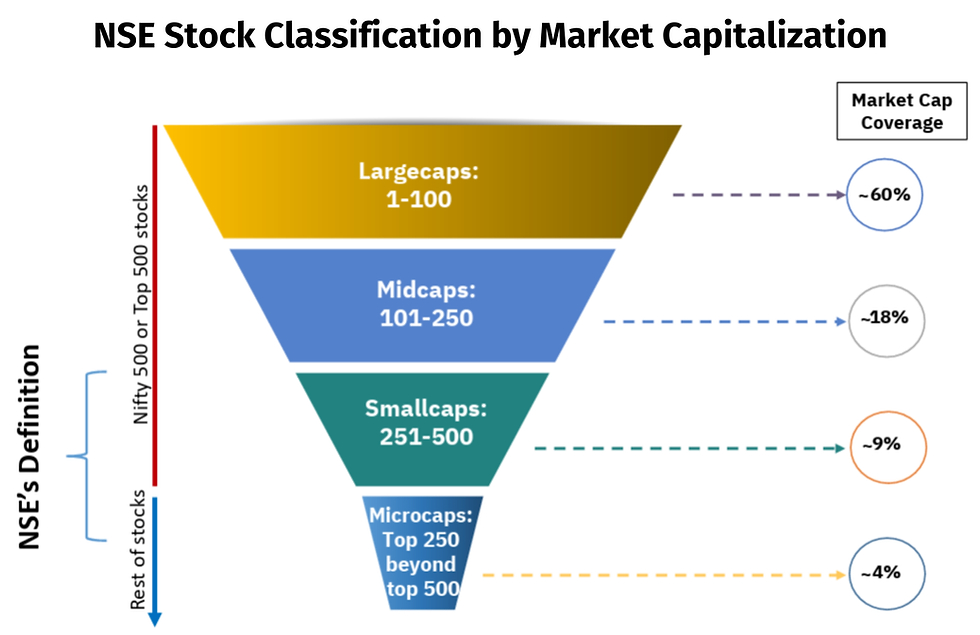Simple Is Effective
- Akshay Nayak
- Oct 29, 2023
- 3 min read
Most of us undoubtedly enjoy the process of constructing an investment portfolio. But in trying to do so, we often load our portfolios with every investment product that we can find. This ultimately delivers sub par investment performance. The majority of our investment returns are driven by the quality of the constituents in our portfolios. And therefore it makes more sense to construct a simple, minimalistic portfolio. I had written a guest article for Freefincal on this topic titled Why Simple Portfolios Work, And How To Build Them. I later got feedback from friends and family saying that they liked the concept of the article. But they found it some parts of the article too technical. They therefore asked me to try and create a layman version of the same article. And today I have done that.
Creating a complex portfolio with a number of products means having to do more research and make more decisions. Effective portfolio management and financial planning is about achieving the right results with minimal effort. Running a simple portfolio aligned to an asset allocation strategy, our financial goals and individual risk profiles reduces effort and errors. This automatically increases our chances of success and achieving our financial goals. Moreover, as we grow older it is highly likely that our intellectual and cognitive faculties may be compromised. In light of this, our portfolios would invariably need to get much simpler with time. Therefore we would be much better served keeping our portfolios simple from the beginning.
The idea of constructing a simple portfolio is extremely counterintuitive at first glance. But if we have clarity about our goals and desired asset allocation from the beginning, we would lean towards building a simple but purposeful portfolio. For most of us a single large cap index fund (direct plan, growth option) would be more than sufficient. Large cap ETFs may be considered in select cases.

When it comes to filling out the debt portion of our portfolios, the primary challenge is related to product choices within the debt universe. Those of us who do not fall under the highest tax bracket of 30% can avoid debt mutual funds altogether and stick to savings accounts and FDs or RDs for their debt portfolio. This would be more tax efficient for them given that interest on fixed deposits is taxed at the slab rate applicable to the individual. Those of us who get taxed at 30% or more need a debt product that has a similar risk quotient to a fixed deposit but offers greater tax efficiency. They can therefore consider long term savings products such as PPF, EPF and Sukanya Samriddhi Yojana (SSY). Debt mutual funds can be used to provide liquidity to debt portfolios. Overnight funds or liquid funds that predominantly hold government securities and treasury bills would be ideal options for short and long term goals.
The essential conclusion here is that constructing a simple portfolio is counterintuitive to our usual investment practices. But it is highly effective on multiple fronts. Constructing a simple portfolio reduces unnecessary effort and stress. It helps us zero in on investment products that are most relevant to our financial needs, goals and risk profiles. Building a simple portfolio gives greater clarity and purpose to our investment endeavours. Returns generated by such portfolios would not be spectacular but optimal and sustainable. Therefore it gives us a much better chance of avoiding serious financial mistakes and achieving everything we wish to with our money.



Comments